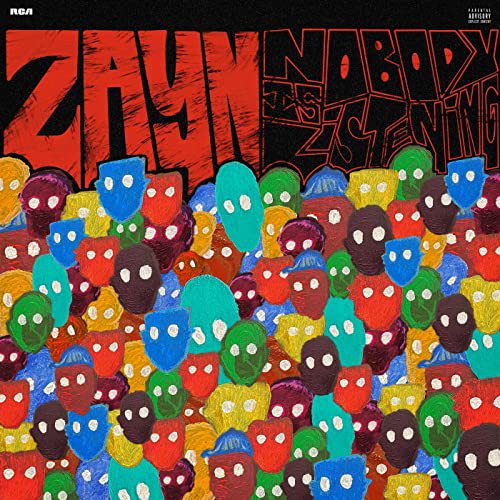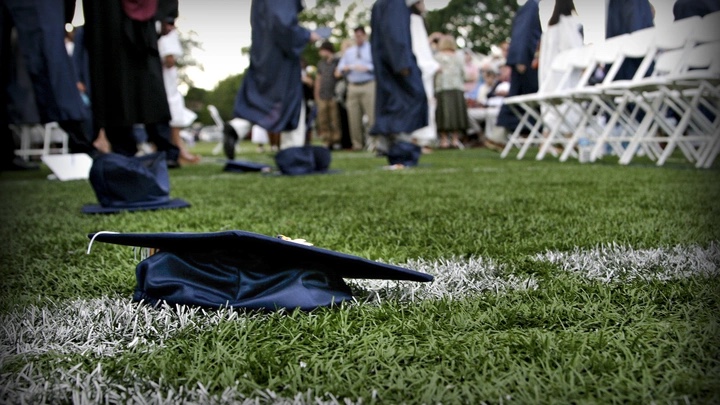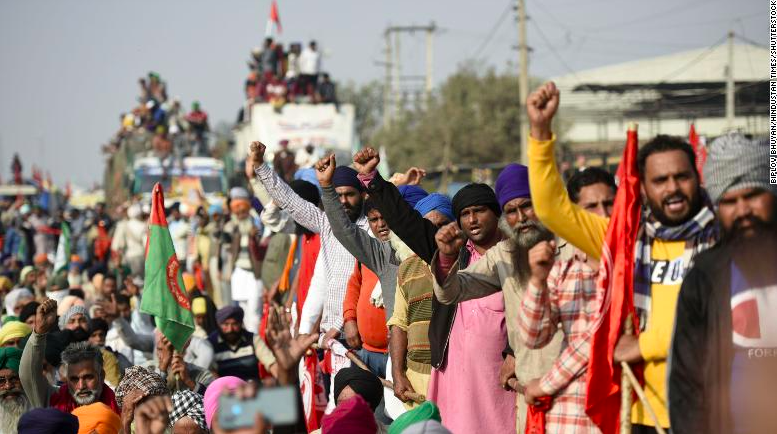Only seven black students were offered a seat at Stuyvesant High School this year. Bronx Science admitted 13 less black students this year than last. 11 Latino students were admitted to Staten Island Tech out of 300 admitted students. In fact, from the 4,798 students who received an acceptance letter to a specialized high school, only 10.5% are either black or Latino.
This lack of diversity in New York City’s hubs of adolescent intelligence is something Mayor De Blasio promised to solve. In his most controversial hour, the mayor proposed to completely get rid of the entrance exam. Compromising with his constituents, he has instead held about 300 seats, reserved solely for students from severely-low socioeconomic backgrounds who just missed the cut off score.
Many people view the program as the mayor’s attempt to accept, “mediocrity over meritocracy.” Concerned alumni, parents and the general public believe the program is counterproductive. To them, students who were not nurtured enough by their middle schools to initially pass the Specialized High School Admissions Test (SHSAT), will not survive at such schools.
Johnathan Taylor, a research analyst at Hunter College, provides contrary evidence to support the program. In his research, Taylor tracked 35 Discovery Program students during their first year. He found their average freshman GPA was an 86.6 in comparison to the 86.7 GPA of the classmates who were admitted based solely on their test scores. Johnathan’s findings lead to the question: is a student’s SHSAT score directly correlated to their ability to perform at such high-pressured schools?
Despite such findings, both the mayor and the Discovery Program continue to receive backlash, mostly from the Asian-American community. Asian-American students make up 16.1% of New York City public schools and 51.7% of specialized high school seats – yet many Asian-American parents feel their children are being unfairly discriminated against in this era of policy change.
As an Asian-American, I ask my community to self-reflect. Asian-American students continue to be the largest percentage benefiting from specialized high schools. We are pouring laborious hours into tightening our grip on schools, which historically would not have admitted all of us. We must stop seeing this as an “us vs. them” issue and recognize that these schools are now keeping others out.
On this note, I want to say the SHSAT is not just a problem – it is a product. The segregation in New York City public schools exists year long. The Bronx High School of Science and Clinton High School are nearly attached to one another; yet, the difference is outstanding. Is it really because one group of students is “smarter?” Of course not.
Bronx Science is privileged enough to rely heavily on alumni funding, instead of just state funding. Numerous Bronx Science alumni feel indebted to their high school for kickstarting their successful careers. This produces a cycle that ensures most non-specialized high school students do not stand a fighting chance against specialized high school students. Perhaps the middle ground is not tearing down schools that have uplifted so many, but to follow their lead.
Funding education should be the top priority of any economic budget. It should not be that only the top nine schools in the city are able to offer numerous AP courses, enrichment clubs, sport teams and more. The biology labs in the south Bronx should not be forced to count printed out diagrams of the anatomy of a frog as dissection. Students should not be handed decades old, worn out copies of novels, school supplies, classroom decorations, etc. In one of the richest cities in the world, the education of a few should not be prioritized at the expense of their peers.














